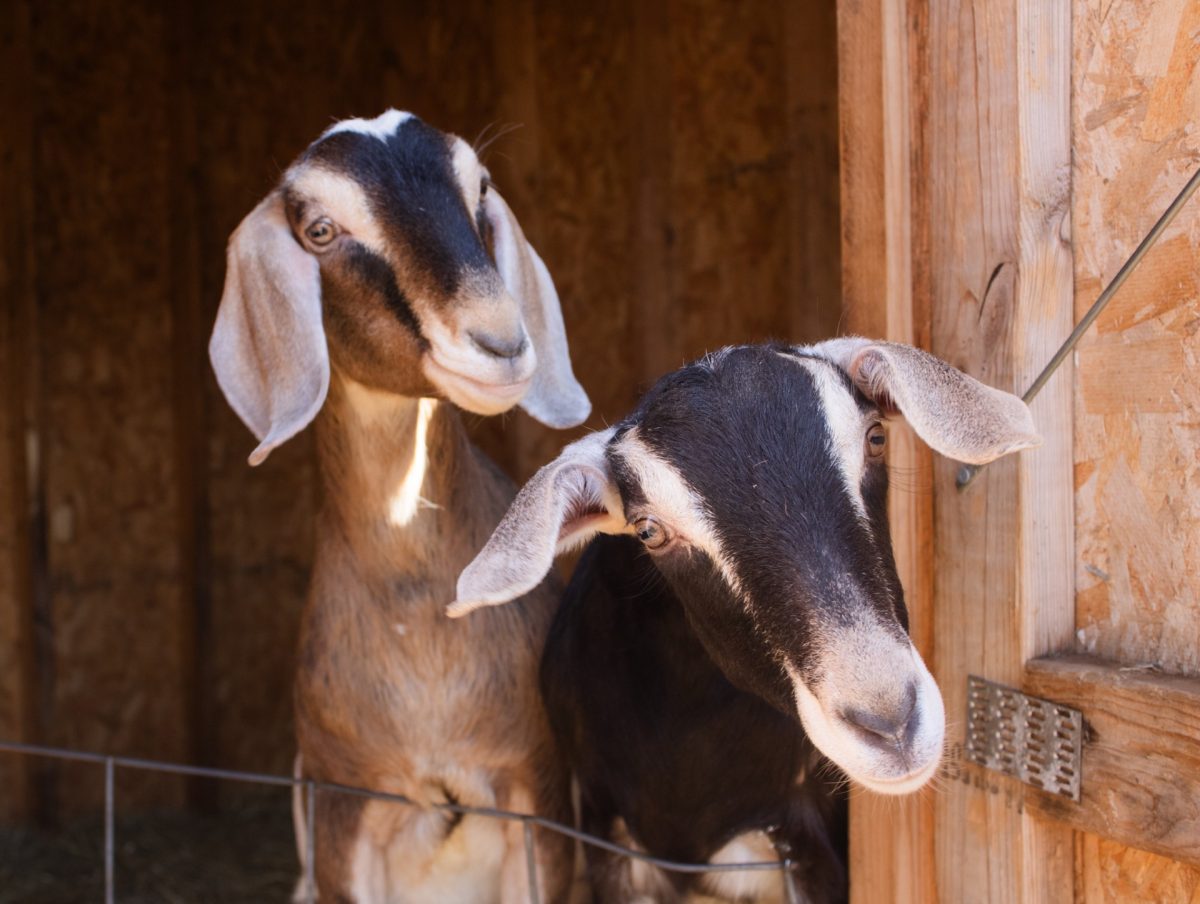Climate Change 101
April 20, 2017
“The violence that exists in the human heart is also manifest in the symptoms of illness that we see in the Earth, the water, the air and in living things.” -Pope Francis
Being an Environmental Science major, the topic of climate change always seems to come up in conversation with people. Here’s a quick answer to what climate change is and where you can go to learn how to lessen your carbon footprint!
Climate change is real and has been affecting us for a long time. It is a proven fact that the temperature of the Earth has increased by 1.5 degrees F in just a century. It doesn’t seem like much. It’s just almost two degrees warmer? We can handle that. Perhaps the wonderful Homo sapiens can, but other species won’t be able to withstand that change. It is projected to “rise another 0.5 to 8.6 degrees F over the next hundred years” (EPA). These changes in our temperature are the reason for the shifts in our climate.
Not only has the temperature increased, there have also been massive changes in weather, in addition to the changes in climate. Weather and climate are different from each other, but are often mistaken for each other. The difference has to do with the measure of time. NASA states that “weather is what conditions of the atmosphere are over a short period of time, and climate is how the atmosphere ‘behaves’ over relatively long periods of time.” As you may have noticed, our weather has been wild the past few years. Stronger rainfalls, and snowstorms, which resulted in more flooding in our area. However, in other areas of the world the rainfalls are rare, causing droughts. Unless you know the history of the weather of your area you probably wouldn’t realize these changes. Meteorologists attempt to point out the history of the weather, but that doesn’t always mean people listen.
With this increase in temperature, the whole world has started to notice a trend. The glaciers have been melting for years because of the increase in temperature. The acidity of the oceans have also increased with the rise of carbon dioxide in our atmosphere. The ocean takes in carbon dioxide (CO2) when attempting to create a balance in the carbon cycle, however, the more carbon dioxide taken in by the ocean, the more acidic it becomes. The seawater reacts with the CO2 and it creates carbonic acid. This boost of carbonic acid (H2CO3) creates an environment that is harmful for some organisms in the ocean, such as corals, various shellfish, and so on. These changes have started to create challenges for the organisms in the sea, as well as our society.
Since the industrial revolution, the amount of greenhouse gases (GHGs) have skyrocketed. The gases are released from the burning of fossil fuels, the agricultural practices, and other factors. Although GHGs are important to our atmosphere, the increased levels are causing the energy from the sun, factories, cars, and so much more to get trapped within the atmosphere. “Greenhouse gases act like a blanket around the Earth…this phenomenon is called the greenhouse effect,” (EPA). This blanket is continuing to get heavier and heavier, resulting in the massive change in climate. Luckily, we, humans of this awesome planet, can slow this process down. You can visit the Environmental Protection Agency’s (EPA) website to calculate your carbon footprint and learn how you can reduce your emissions.
Climate change is a heavy topic and is incredibly difficult to cover in a simple article. If you are interested in learning more about climate change I suggest you visit the EPA or NASA websites. Also, there are many scientific journals on the topic that would be excellent resources.






